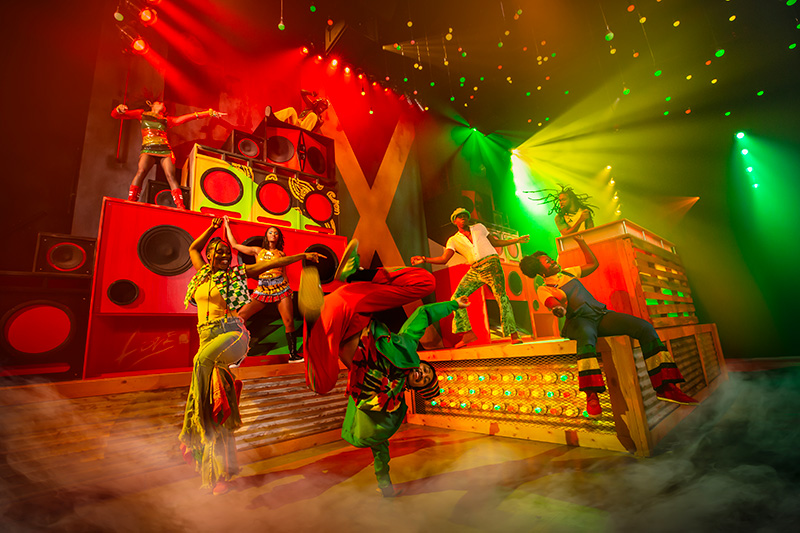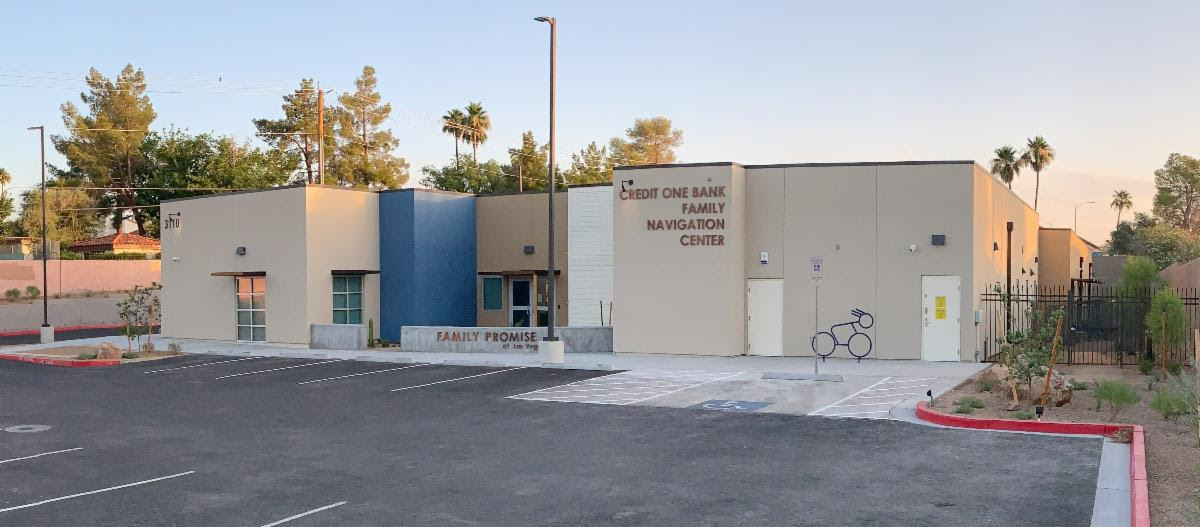Bob Marley Hope Road at Mandalay Bay is a groundbreaking immersive experience that takes visitors on a powerful journey through the life, music, and revolutionary message of the legendary Jamaican artist. The production goes far beyond a traditional tribute, aiming to connect audiences to the spirit of Bob Marley as a global icon of unity and resilience.
The Challenge of Translating an Icon
Translating the immense impact of Bob Marley’s life—not just his music—into a single experience presented a significant creative challenge that required a focus on deep authenticity.
Grounding the Experience in Authenticity
“Translating Bob Marley’s iconic and deeply layered life into an immersive show was both a great honor and a significant challenge,” says Scott Givens, Executive Producer and Founder of FiveCurrents. He explains that the team needed to move beyond typical entertainment: “Bob wasn’t just a musician—he was a cultural icon, a revolutionary thinker, and a global symbol of unity, love, and resilience. The biggest challenge was honoring the truth of who Bob was—his roots, his message, and his music—while creating something new that would connect with today’s audience in a powerful, intimate way.”
This was achieved by breaking tradition: “We overcame it by grounding every creative decision in authenticity. We worked closely with the Marley family, incorporated real locations, real struggles, and real triumphs into every scene.” Givens confirms the unique format: “What makes Hope Road unique is that it’s not linear or traditional. It’s immersive and emotional. You don’t just watch Bob’s story—you walk through it. You feel it. The audience becomes part of the rhythm.”
Selecting Songs to Serve the Story
With such a rich discography, the selection of music at Bob Marley Hope Road was guided by narrative power and emotional weight. “The challenge isn’t just choosing great songs—it’s choosing the right ones for the story we want to tell,” Givens explains. “We looked at the arc of Bob’s life—his personal evolution, his activism, his spiritual grounding—and identified the themes that shaped his worldview.” He concludes: “Ultimately, every song had to serve a purpose—whether to ignite joy, provoke thought, or connect audiences to the spirit of who Bob Marley truly was.”
Bespoke Design and Immersive Technology
The physical space at Mandalay Bay was intentionally integrated into the storytelling, transforming the venue itself into part of the journey.
The Venue as a Creative Collaborator
“Adapting Hope Road to the space at Mandalay Bay was central to the vision from day one. We didn’t want to simply drop a show into a venue; we wanted the venue itself to become part of the storytelling,” Givens notes. This required radical design choices: “The production is built around movement—both physical and emotional—so we intentionally broke away from the traditional theater model. There’s no fixed stage, no separation between performer and audience. Instead, we transformed the venue into a dynamic environment where each of the six scenes unfolds in a different space, with its own energy, visuals, and sonic identity.”
Givens confirms the personalized result: “The result is a fully bespoke experience that couldn’t exist anywhere else in quite the same way. Every corner of the venue plays a role in the journey, allowing guests to walk through Bob Marley’s life in a way that is intimate, personal, and deeply resonant.”
Stepping Inside the Story
The design choices were made to ensure audience members participate, rather than observe. “Every design choice was made to ensure guests don’t simply watch Bob Marley’s story unfold — they step inside it and become part of it,” says Givens. This is achieved through specific interactive elements: “Live performances happen within arm’s reach, with singers, dancers, and musicians engaging directly with the audience to break down the traditional barrier between performer and spectator.” Furthermore, environments are brought to life through “custom-built, interactive scenic elements such as the glowing LED-lit Jamming Tree, a full-scale replica of Marley’s VW tour bus, and authentic murals created by acclaimed Jamaican artist Paige Zombie.”
Legacy and Connection
Beyond the music and technology, the core mission of Bob Marley Hope Road is to instill a more profound feeling of unity and purpose in every visitor.
Bridging History and Modernity
The goal was always to ensure the experience resonated globally, bridging the gap between Bob Marley’s historical significance and contemporary relevance. “That was one of the most important goals from day one—honoring Bob Marley’s legacy in a way that felt both timeless and timely,” Givens explains. “We knew we had to strike a balance between authenticity for the lifelong fans and accessibility for new generations just discovering his message.” The core strategy was emotional engagement: “We then used immersive storytelling, movement, and design to create a visceral, emotional experience that transcends age or background.”
A Call to Hope
Givens describes the ultimate hope for the attraction’s impact: “At its core, Bob Marley Hope Road is more than a show—it’s a call to feel, to reflect, and to connect. Of course, we want people to be entertained and energized by the music, the movement, and the immersive storytelling.” He concludes with the deepest message: “If someone leaves the experience feeling more connected to others, more empowered to make change, or simply more uplifted—that’s the true success of Hope Road. It’s about reminding people that Bob’s music wasn’t just a soundtrack—it was a movement. And that movement is still alive.”



